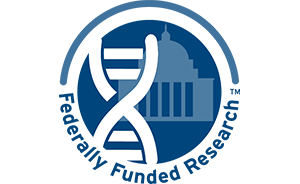Pediatric Cancer
Pediatric cancer care offers one of the most striking examples of progress in modern medicine. In the 1950s, less than 10 percent of children with cancer were cured. Today, nearly 80 percent will survive a cancer diagnosis.
Federally-funded clinical trials have been especially important in pediatric cancer. Most of today's effective treatments for childhood cancers were developed through trials conducted by the National Cancer Institute's Clinical Trials Cooperative Groups. Currently, 50 to 60 percent of eligible children with cancer are enrolled in these trials.
While overall progress has been impressive, some childhood cancers remain very difficult to treat, and one in five children ultimately does not survive. Continued research is essential to develop more effective, targeted, and safer treatments, so that even more children with cancer have the potential to live full and productive lives.











